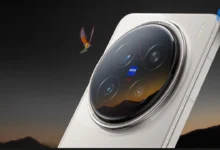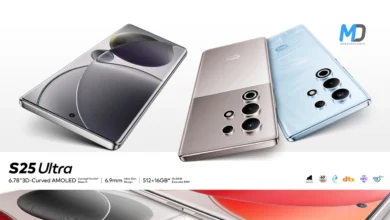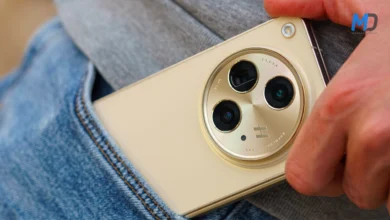Xiaomi 12T Pro releases with 200MP cam and SD 8+ Gen 1, 12T gets a 108MP cam
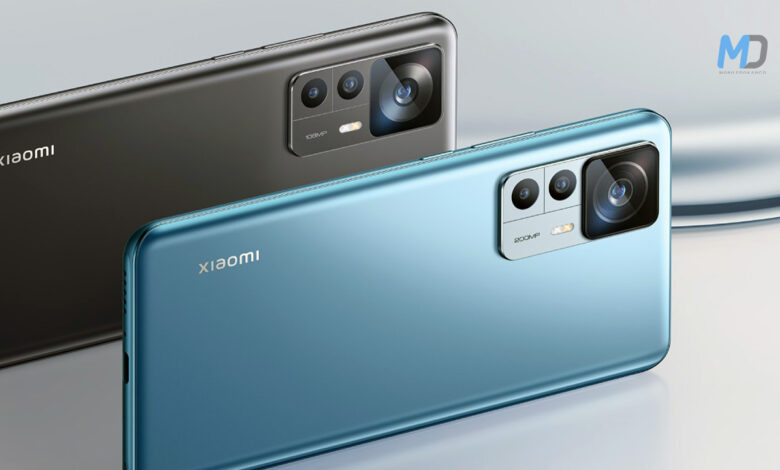
Xiaomi 12T Pro releases with 200MP cam and SD 8+ Gen 1, 12T gets a 108MP cam. After releasing a smartphone with a remarkable 1″ sensor, Xiaomi has officially entered the 200MP era. This one doesn’t have a massive image, but it’s still great. The T-series is neither a successor nor an improvement on the Xiaomi 12 series, as is customary. Both are unrelated to the 12S models, so let’s examine them independently.
Xiaomi 12T Pro releases with 200MP cam and SD 8+ Gen 1, 12T gets a 108MP cam.
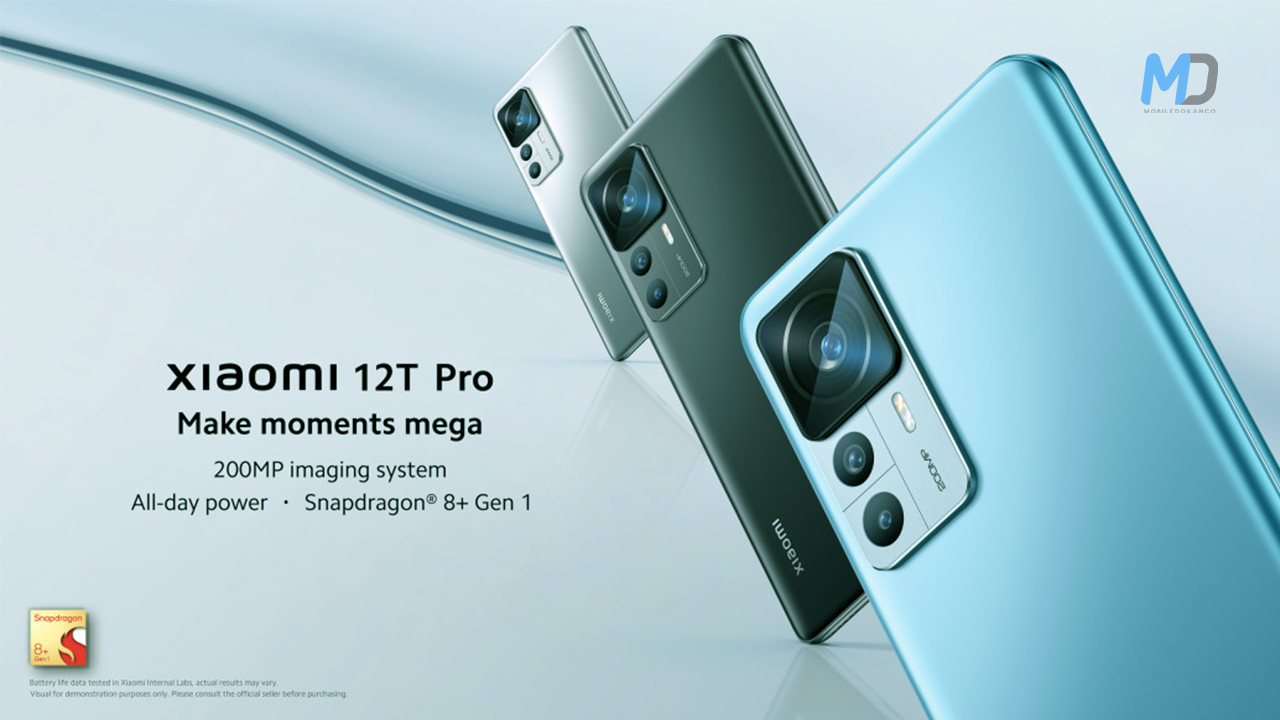
Xiaomi 12T Pro
The Xiaomi 12T Pro is the first smartphone from the brand to include a 200MP camera, making it the clear winner in terms of features. The heart of the camera is the Samsung ISOCELL HP1, a 1/1.22″ sensor with 0.64m pixels that can be binned to 1.28m (4-in-1) or even 2.56m (16-in-1) depending on the available light and the photographer’s goals.
The high-resolution sensor on board allows for 2x lossless digital zoom, so there’s no need for a telephoto lens. Additionally, it can capture HDR10+ video and shoot 8K video. In addition, it offers sophisticated technologies like eye-tracking and motion-tracking autofocus, as well as Optical Image Stabilization (OIS) for longer exposures in the dark and steadier film.
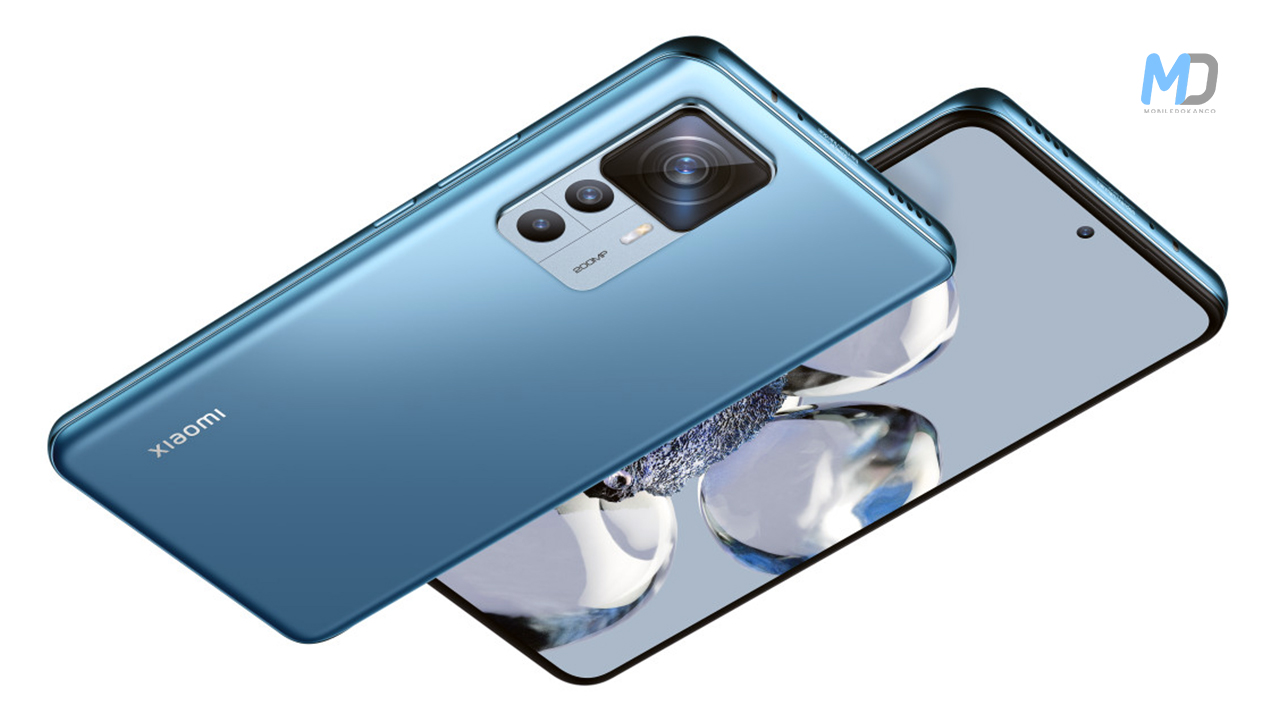
You can’t just purchase the camera module separately for the 12T Pro. The ship’s other three crew members are much less outstanding. We begin with the 2MP macro camera and its immediate neighbour, an 8MP ultrawide with a 1/4″ sensor (1/1.12m pixels) and an f/2.2 120° lens. The action is more engrossing up front, where you’ll find a 20-megapixel selfie camera (1/3.47″, 0.8 m, f/2.24, and 78 degrees of field of view).
A fingerprint scanner that works inside the screen is also visible in front. The screen is a 6.67-inch AMOLED unit with a resolution of 1,220 by 2,712. (20:9, 446ppi). You may set it to operate at 120Hz or let it cycle between 30/60/90/120Hz settings automatically. The HDR10+ and Dolby Vision support on the panel’s 12 bits ensures factory calibration for accurate colours in every scene. It’s protected by Gorilla Glass 5 and can reach a maximum brightness of 900 nits.
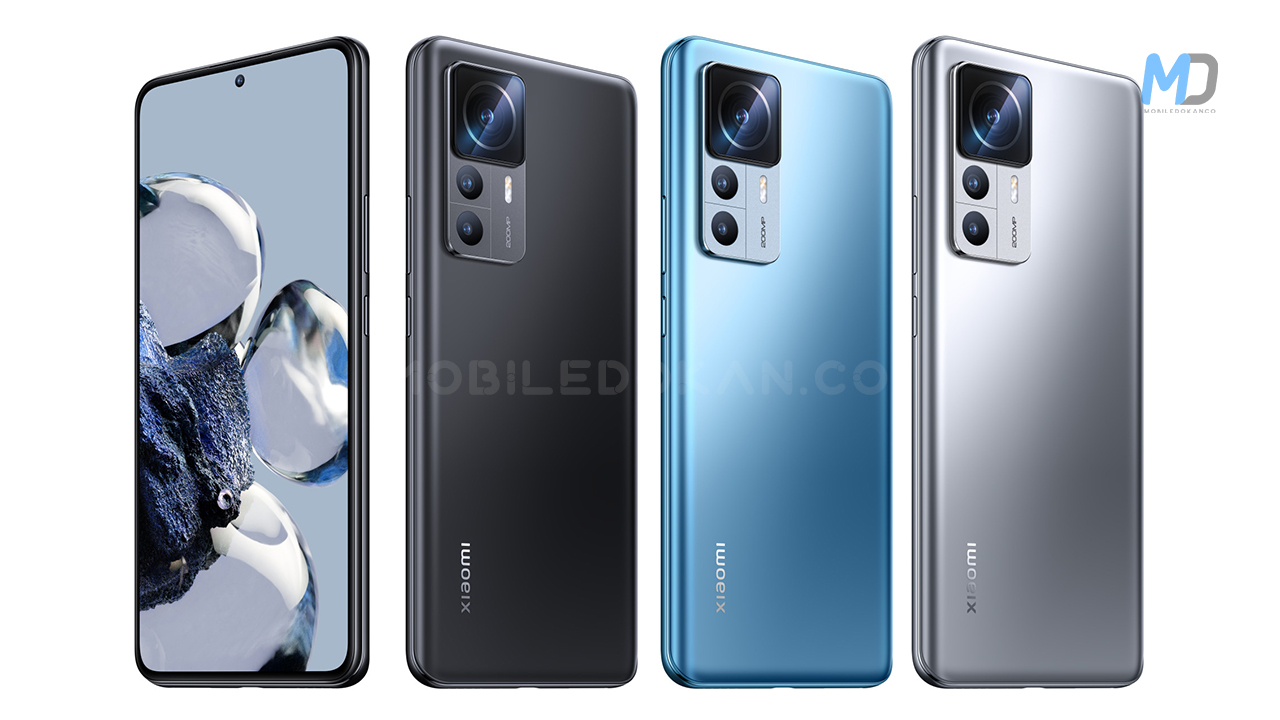
In common with the 12S line, this phone is powered by the Snapdragon 8+ Gen 1 CPU, which will continue to provide excellent performance and battery life even after the imminent release of the 8 Gen 2 chipset. With the new model, Xiaomi has greatly improved the vapour chamber, which is now 65% bigger and uses 125% more thermal material than the vapour chamber in the 11T Pro (and the 11T Pro had to keep an SD 888 running cool).
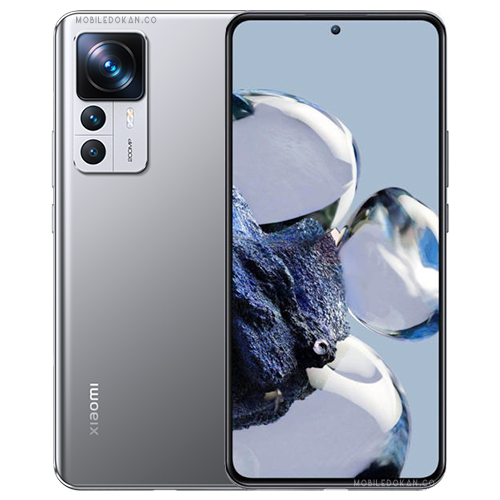
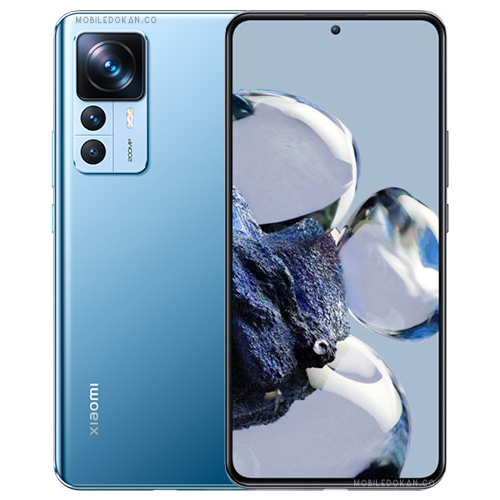
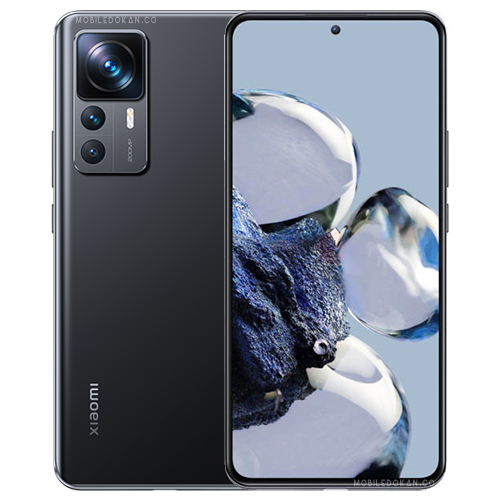
The 8 Gen 1+ comes standard with 128GB of UFS 3.1 storage and 8GB of LPDDR5 RAM, although it is also available in 8/256GB and 12/256GB versions. Android 12 is preloaded upon launch (MIUI 13). The 12T Pro is powered by a 5,000mAh battery that supports rapid charging at 120W. (a power brick is included in the box). There are a few phones with 120W of power, but most have smaller batteries; a phone with a 5,000mAh battery can last for up to 13.5 hours of screen-on time, and it can be charged from 0% to 100% in only 19 minutes.
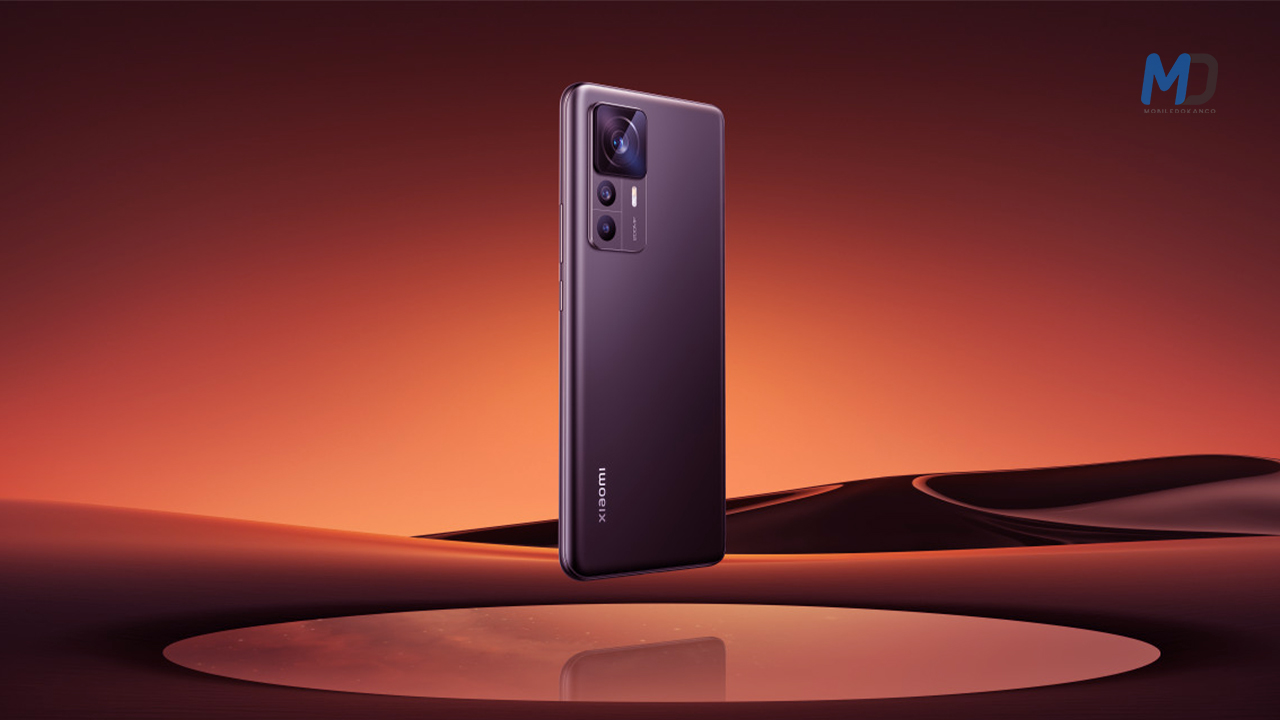
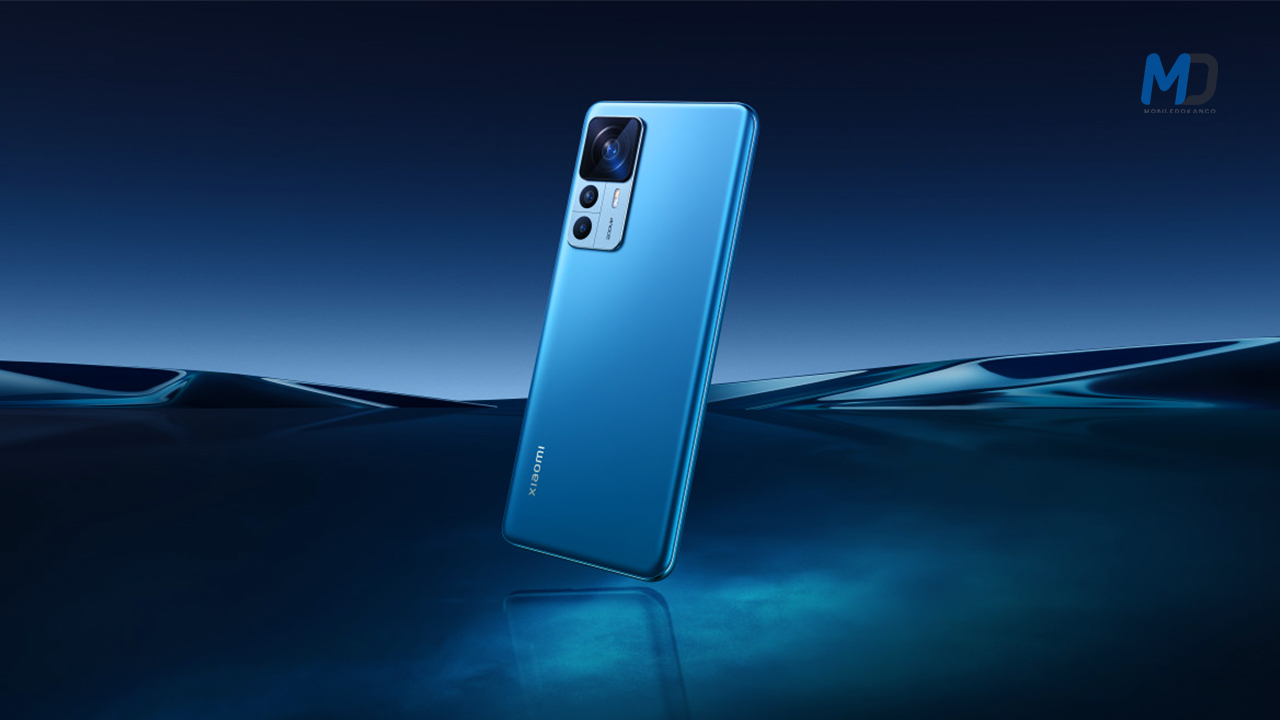
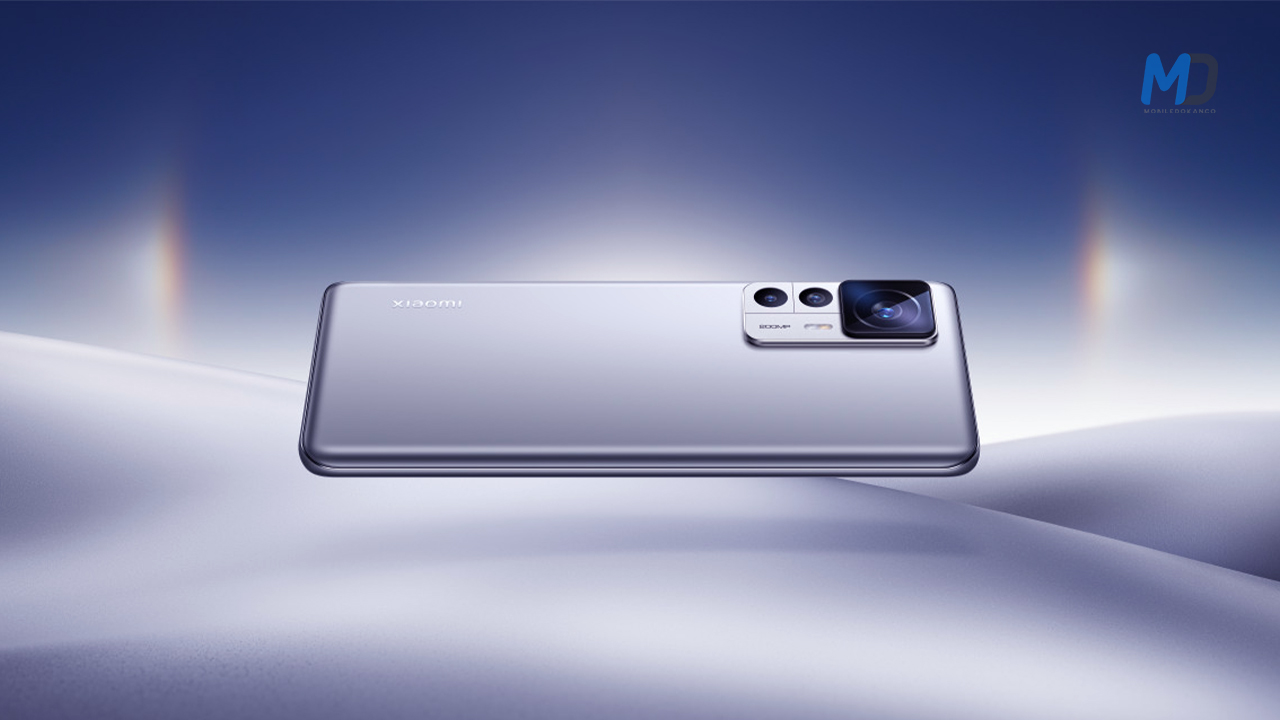
Additionally, the phone boasts stereo speakers (tuned by Harman Kardon and supporting Dolby Atmos), Wi-Fi 6 (axe), Bluetooth 5.2, and NFC (in some regions). This phone supports two SIM cards and 5G speeds. On October 13, you may purchase the Xiaomi 12T Pro from authorized Xiaomi sellers. The 8/128GB version will cost €750.
Xiaomi 12T Pro releases with 200MP cam and SD 8+ Gen 1, 12T gets a 108MP cam.
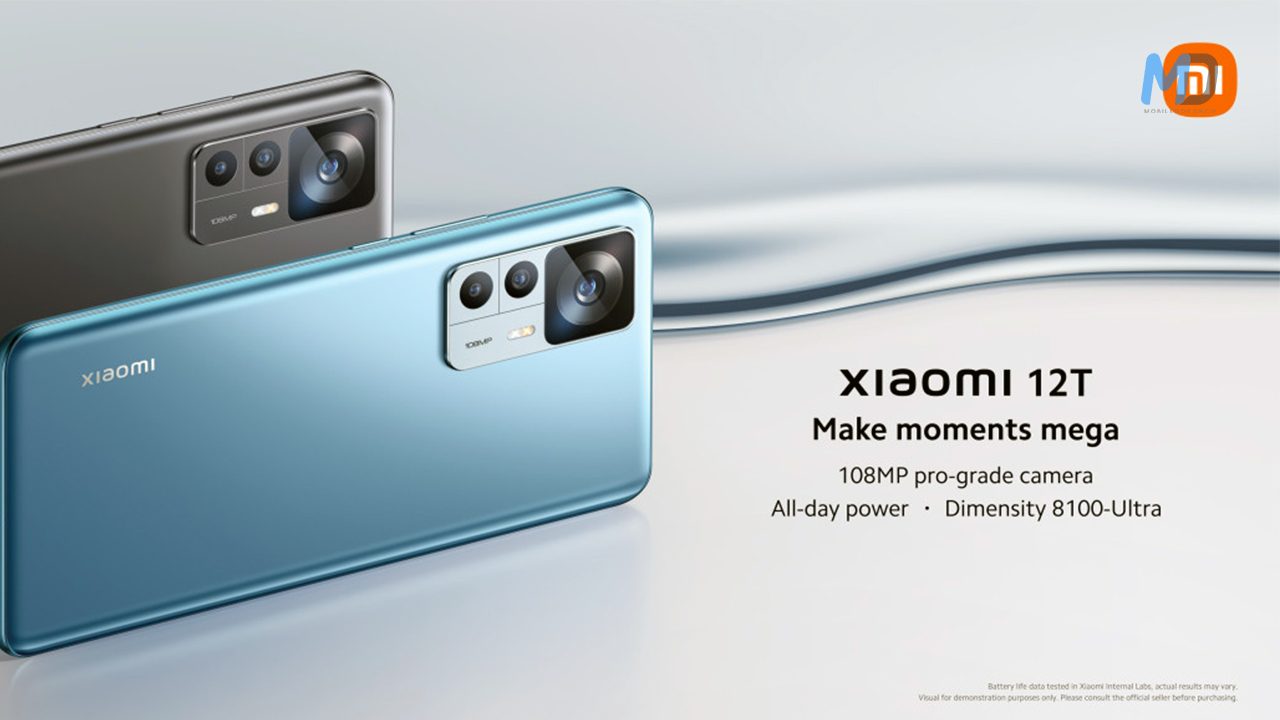
Xiaomi 12T
The Xiaomi 12T’s camera may not be as impressive as the Pro model’s, but it still takes good photos and delivers excellent performance thanks to its Dimensity 8100-Ultra chipset and 108MP sensor. Similar to the ISOCELL HM6, this one has a 1/1.67″ sensor with 0.64m pixels, albeit its maximum binning ratio of 91 results in a 1.92m adequate pixel size.
This one is equipped with optical image stabilization and an f/1.7 aperture, but it doesn’t record 8K video or have fancy features like eye-tracking autofocus. All other cameras, including the 20MP front-facing camera (1/3.47″, 0.8m, f/2.24, 78° FoV) and the 8MP ultra wide (1/4″, 1.12m, f/2.2, 120°) are identical as the Pro.
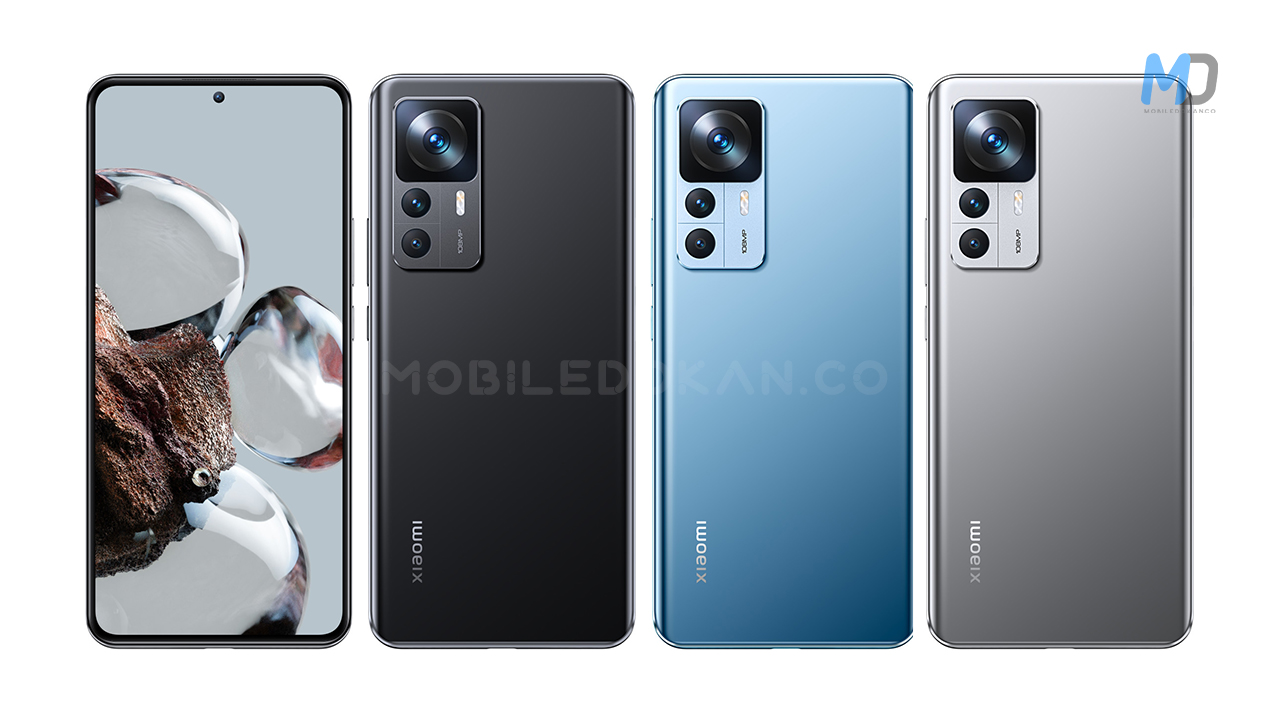
The front-facing camera and the 6.67-inch, 20:9 AMOLED screen with 1220p+ resolution remain unchanged. It has a 480Hz touch sampling rate and 30/60/90/120Hz refresh rates with HDR10+ (but not Dolby Vision). The usual brightness is 500 nits, with a max of 900 nits, and it includes GG5 security, the same as the Pro.
The dual speakers with Dolby Atmos for media playback are still there, but the Harman Kardon flair is missing. This dual-SIM 5G phone has connectivity options, including Wi-Fi 6 (axe), Bluetooth 5.3, and NFC (in select locations).
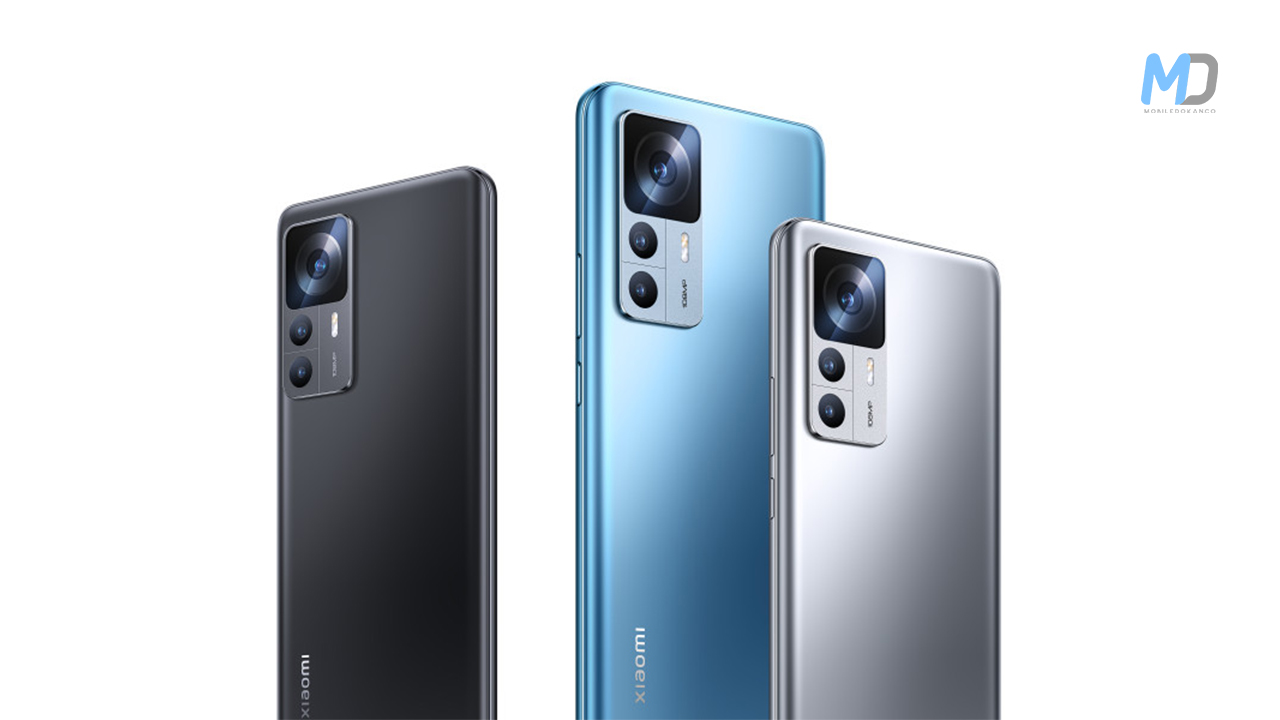
The Dimensity 8100-Ultra, which powers the phone and can be combined with either 8GB of RAM and 128GB or 8GB of RAM and 256GB of storage, was previously announced (LPDDR5 and UFS 3.1, no 12GB RAM option).
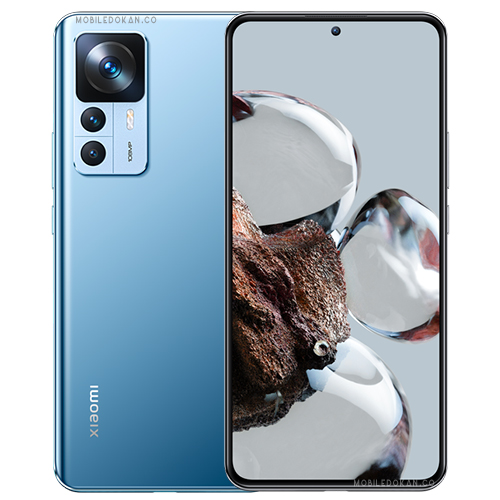
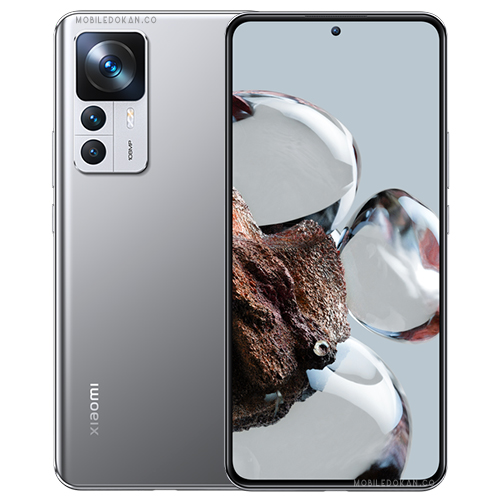
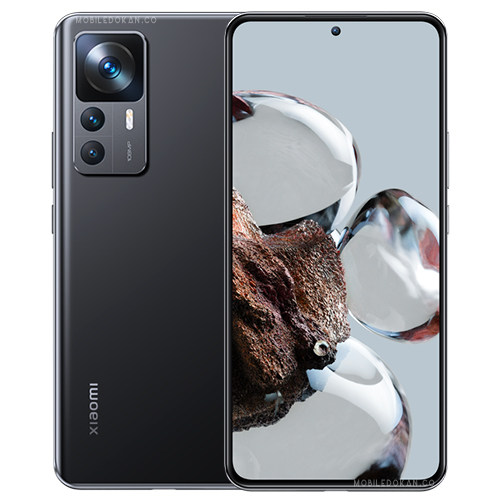
Powered by Android 12.0 and MIUI 13.0. Xiaomi promises 13.5 hours of screen-on time despite using separate chipsets, and a full charge takes only 19 minutes using the included 120W charger. The Xiaomi 12T, a cheaper alternative to the Pro, will be released on October 13 for €600 for an 8/128GB model.



